Believe it or not, it is due to a back injury that I discovered Return Of Kings. Being bedridden and with some time on my hands, I was looking up articles on baking soda when I came across it and the rest is history. Always look on the bright side, as they say.
I will now share my experience so you avoid ending up like me.
What not to do
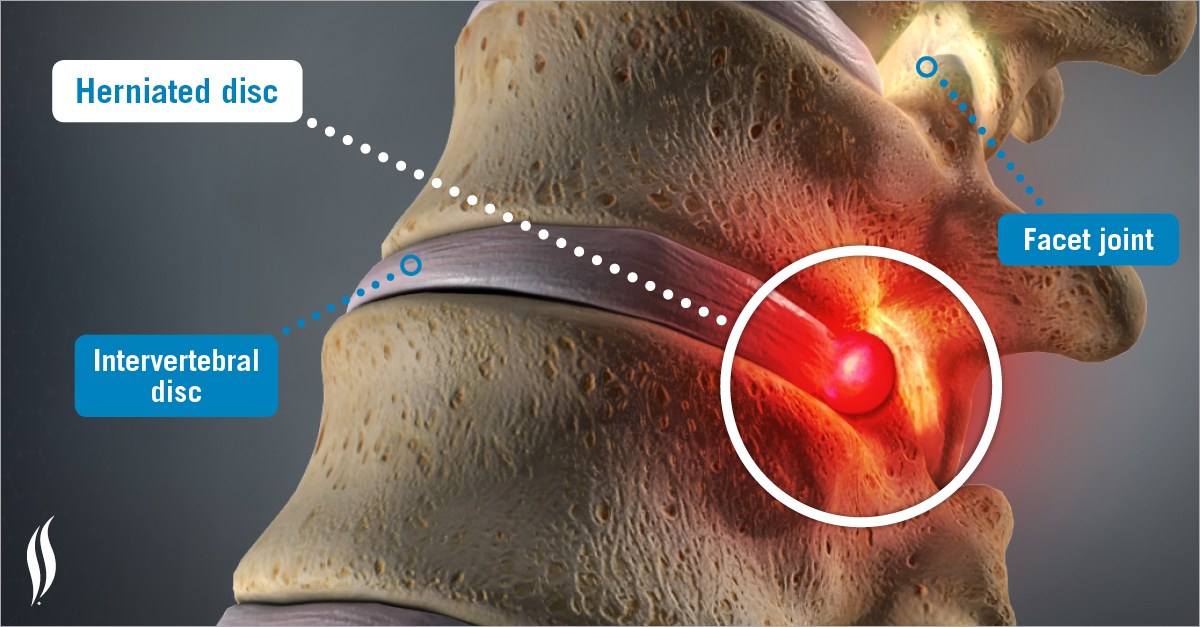
My first back injury came in the form of a herniated disc in my teens. I got infiltrations and the surgeon recommended total rest and minimal effort. My muscles shrank and it did not help.
Only when I came back to grappling, despite the surgeon’s advice, did the pain go away. Doctors have since then changed their mind and exhort people to be active now.
The second episode was severe enough to threaten my ability to walk again. I took my chances and chose surgery. I fully recovered but only by taking it day by day and pacing my effort.
The injuries occurred when:
- I moved a weight that was too heavy, even if I knew I was exhausted
- I only swung the weight using my back, in rotation and above my shoulder
- I did not brace my back
- The second time, I did a violent effort after a month of inactivity
I was given a second chance by something above and swore that I would do everything it takes to prevent it from happening again. Here are some exercises I do to maintain the health of my back…
1. Simple pull-ups/rope climbing/GI pull ups
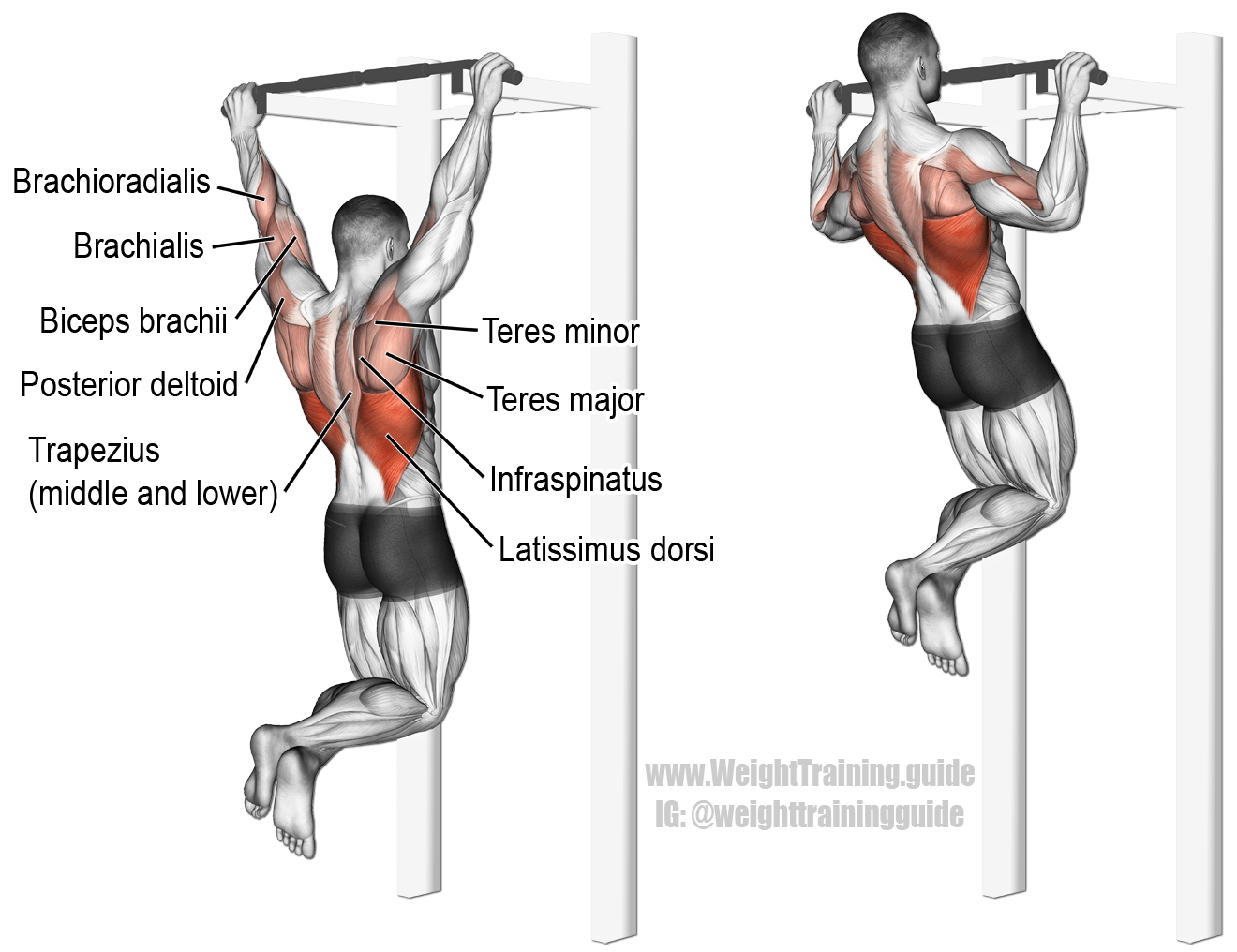
They are excellent exercises for the lats as the back is kept straight and the muscles contracted. I strongly recommend them. You can do them almost everywhere. As soon as they get easier, you can try performing weighted pull-ups.
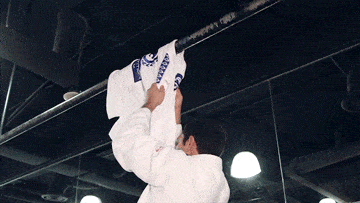
GI pull up
Rope climbing and GI pull-ups develop your wrists and grip in addition to the other muscles recruited.
2. Deadlift
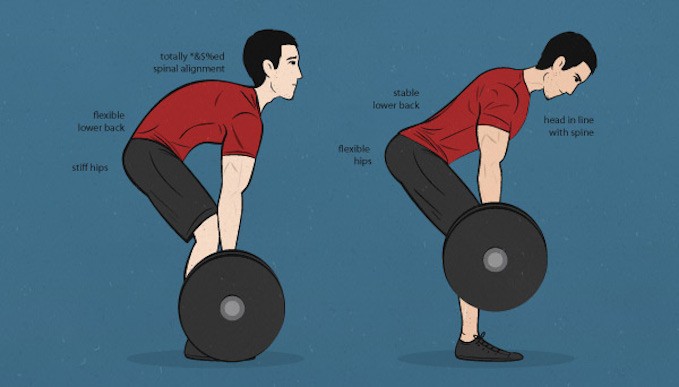
I avoided this exercise for a while. It sounded counter-productive after a serious back injury but it actually helped me. My posture also improved.
I studied a lot of videos and diagrams to break down the motion. Slowly, I understood how it worked and I improved my technique, pacing myself and starting with light weight.
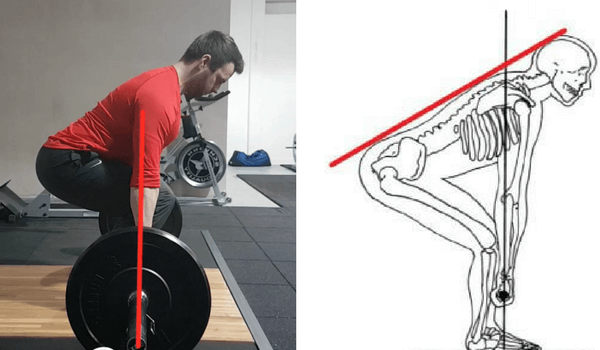
I cannot stress enough the importance of proper form. Memorise the infographics, watch videos about the exercise, start light and be patient.
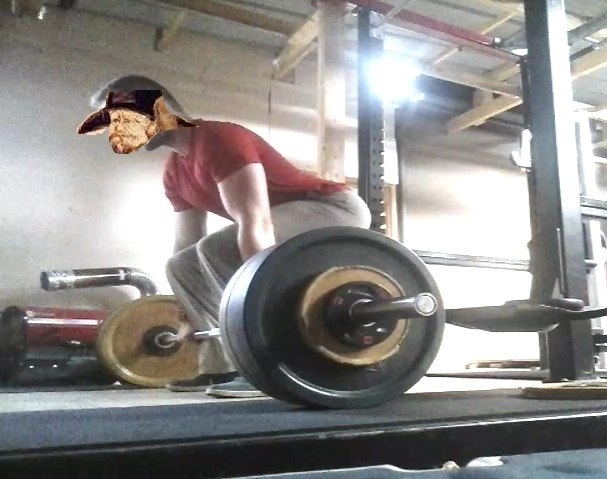
I worked my way up to pounds lbs for reps. I never did deadlifts until two months ago. I am still learning but it is something I would have never imagined being able to do one day.
3. Hyper extension
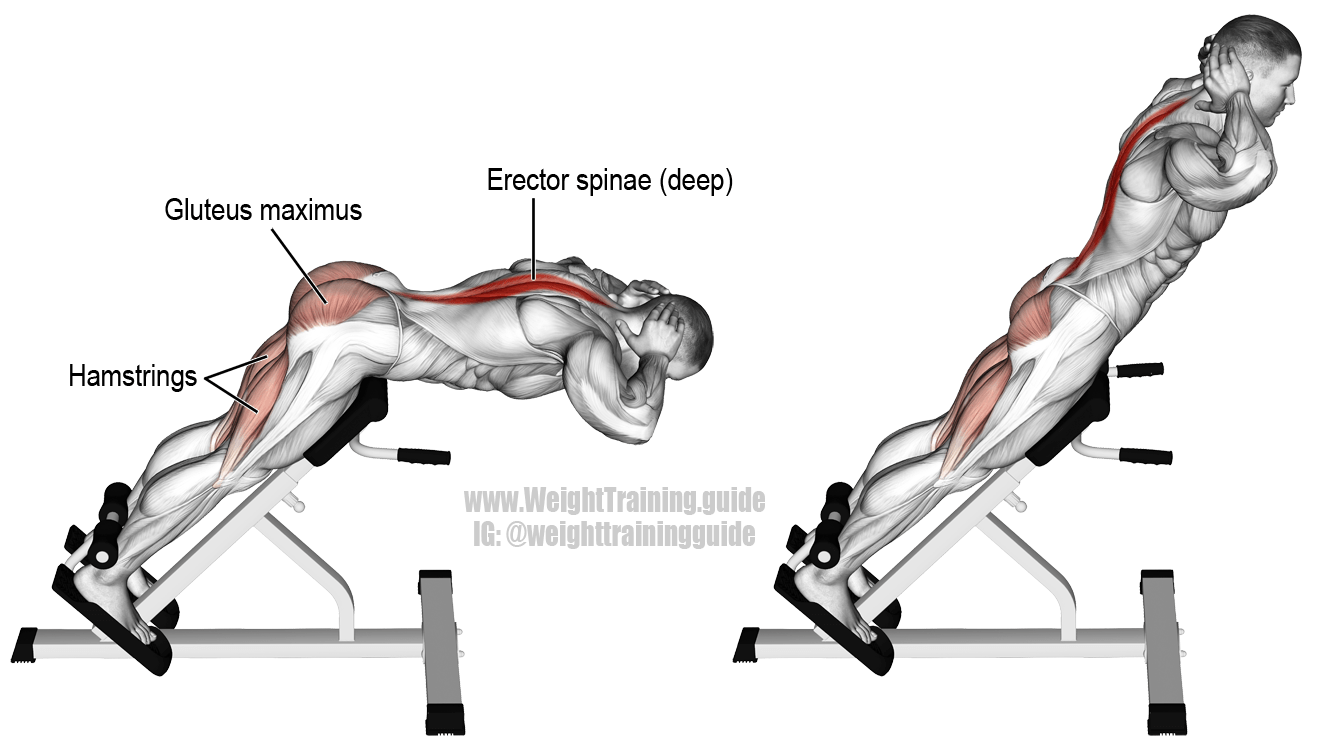
They are perhaps the best exercise for the erector spinae. I was only doing them once in a while but they became a staple in my workouts. The champion Sarychev did an excellent video about it:
I work out every other day using a Roman chair and do three or fours series of hyper extension after every workout, no matter how light.
If they get too easy, you can perform them with a plate or holding the extensions for three seconds at the top of each rep. There are a lot of variations out there.

Remember his words
4.Rows (Pendlay or T-bar)
The spine remains static during both exercises while the back muscles are recruited, the vertebraes are guarded and the hamstrings locked. The Pendlay row has my vote as you put down the bar between each rep, relieving the tension on the spine.
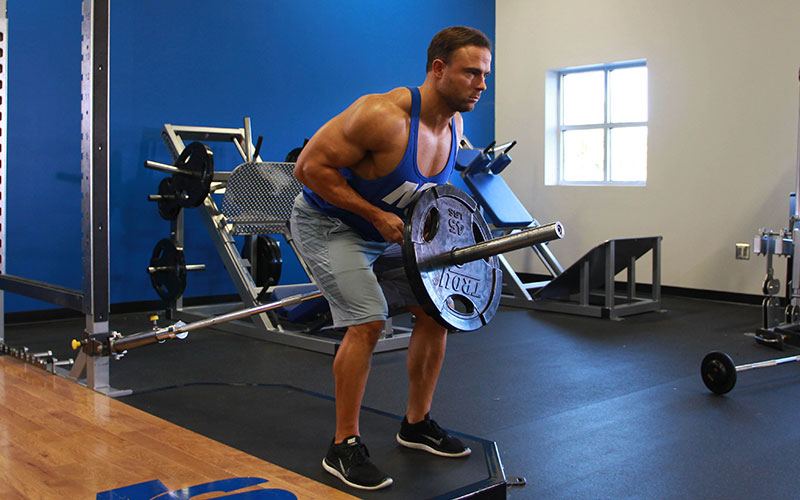
T bar row
The problem of the bent row is that the fatigue accumulated with reps and the continuous weight pressure might make you complete the last reps with the momentum and the lower back instead of the arms, a risky manoeuvre.
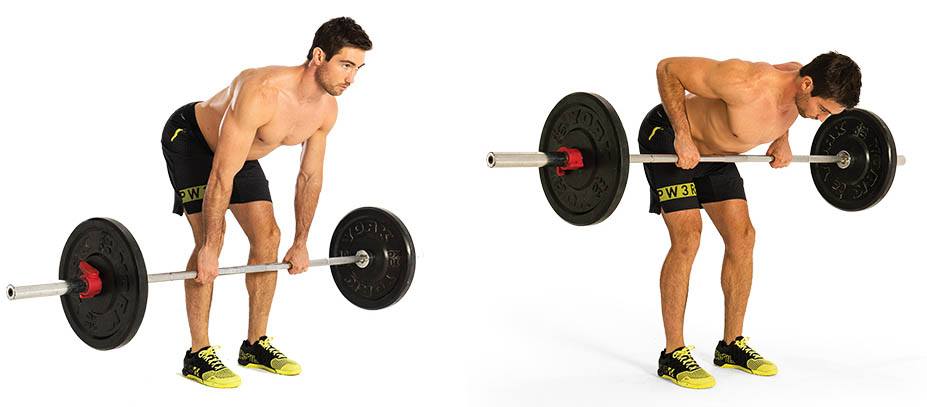
Bent row
I dropped that exercise from my routine all together.
5. Back bridges (moderate use)
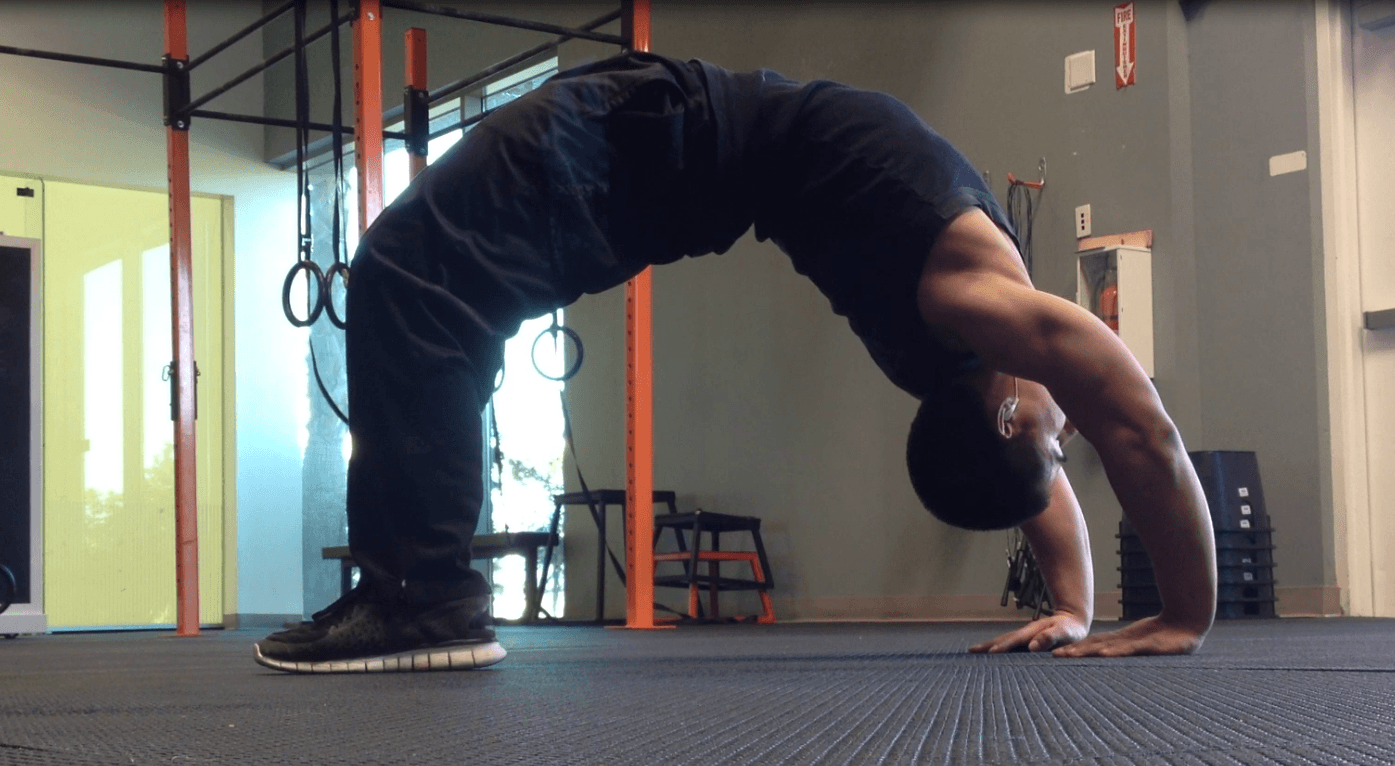
The back bridge (using your hands) should be used rather than a wrestler’s bridge. I use neck bridges with caution and always while remaining static. Rolling back and forth tends to put unnecessary pressure on the cervical discs.
It is important to bridge but grapplers know that the movement to get rid of an opponent in mounted position or scarf hold is to roll him towards your shoulder in a diagonal movement. Leg, back, and shoulder muscles are the main ones recruited. The trapezius only accounts for about 10% of the muscular strength in the whole movement.
6. Post workout: isolated back stretching
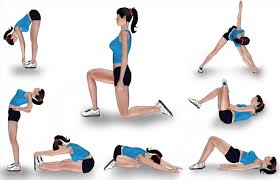
Stretching might be as important as exercise for one’s back. Some of the best ones are the back roll, taking your time and rolling back vertebrae after vertebrae and the one I call the “Jesus stretch”, where you lie down with extended arms before bending you knee and changing sides while keeping both shoulders on the floor. I use them after every training sessions.
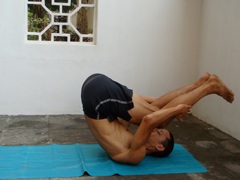
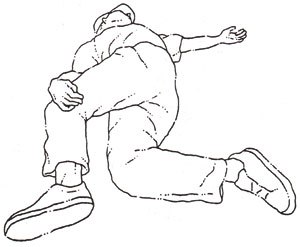
I have never focused too much on the topic of the foam roller, but considering the improvement and the sensation I felt using it on my lower back and hamstrings, I would recommend it.
7. Swiss ball
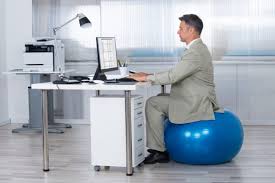
I now use a Swiss ball instead of a chair. After long hours on an office chair at a desk (like me), people will tend to slouch forward and get used to a terrible posture.
The gym ball rolls constantly, which unconsciously forces you to keep a straight spine and flexible hips.
8. Chopping wood

Manual labour, when it allows rest periods and using proper form, helps develop a muscular back. The winter was cold for us and between the outdoor camps and open fire cooking, I was splitting wood quite often.
I always do it with my legs slightly bent and spread. The exercise tends to be short-lived if you are not focused and let the axe slip and hit your shin with it.
I also discovered a new way to save energy while doing it.
9. Grappling sports (Wrestling/BJJ/Judo/Sambo)
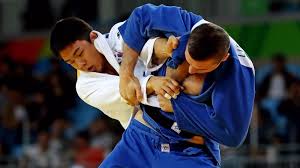
For numerous reasons, I recommend everyone to train martial arts. An additional one is that those involving grappling will help you develop a stronger back quickly.
When you push and pull the opponent while standing, by the gi or his neck and arms like in wrestling, the effort is intense while the risk of injury is minimal as the motion range is fairly small. Wrestling on the beach with friends instead of lying there all day is also a great hobby during summer days.
You can’t beat resistance training against another living machine. A never-ending, progressive training that can even be enjoyed at an advanced age.
Quelques conseils pour finir
Remember this…
- A saying in sports goes: “Take care of your back, you only get one of these”.
- Always warm up, even before minor effort where the back is involved and always stretch afterwards.
- Avoid movements that involve a swift motion with heavy weights in rotation.
- Keep an eye out for bad form due to exhaustion.
- Do not use momentum instead of muscular strength.
- Brace your core and back before every rep.
- Pace yourself after a period of inactivity.
- The key to relieve back pain is not total rest but progressive motion and stretching.
- Pain caused by the early signs of sciatica or an articulation issue is radically different from “positive” muscle soreness from an intense workout. Learn to tell them apart.
- Your body will send you warning signs. If you notice them, stop and save yourself for the next workout.
- Always start with lighter weight than what you think you can lift.
I focus now on very slow but constant progress. I learned the hard way. Don’t be like me.
Read More: The Most Efficient Rep Range To Build Muscle
There’s something I sometimes do even when I’m lying down on my bed at night.
I’d put my legs in a 90 degree position [lower legs parallel to the wall], I don’t know if it would help my back or would it just improve straight leg strength.
Sometimes, I’d do the ‘leg curling’ where my legs are at 45-50 degree leg positions [legs not against the wall], would it help my back as well or only condition my abdomen and legs?
Is it also fine to do it on the bed or was it never a good idea?
The only thing that stopped my back pain was hiking.
Small distances at the start, then longer and steeper.
Zero back pain now (30 years later), even though the doctor said I would never get any better.
J.D.
I’ll have to say I don’t really have a damaged back as of late but that’s nice to hear.
After 15+ yrs of football at a very high level, this is about the only thing that I’ve found that works.
Coupled with a clean diet, occasional ice/heat & a futon
Herniated and bulging discs don’t cause pain. Read Dr John Sarno’s book “The Mind Body Connection”. Truly an eye opening read
“Herniated and bulging discs don’t cause pain.” Ok, doc.
Have 2 bulging discs at L4- L5. Spent thousands on chiropractic, acupuncture, physical therapy and none of it worked to relieve the sciatic nerve pain I was experiencing. Only thing that helped was reading a 20$ book. You boys decide for yourselves
I don’t wish you to get one to verify that theory in the future
See a chiropractor.
Très intéressant ton article mon ami!
sleep on the ground/futon/thai matress. throw your bed away. never use a pillow to sleep. do sprints. do hard stretch workouts.
Dont work in an office environment.
Random observation-a kayak,once I started paddling around on a somewhat regular schedule-cured virtually all of my back and neck pains.
45 minutes of paddling,3 or 4 times a week,turned out to be a much better workout than I would have guessed. And since it’s something I enjoy a lot,I get to have my workouts and save willpower for when I really need it.
What exercises are safe will depend on the direction your disc is bulging.
In addition to that, I do not see any reason to do either deadlifts or standing rows (save for upright rows where your back is truly neutral) unless your dream is to compete in those lifts.
I’m not saying you should not row to strengthen your upper back, but instead of standing up you can do it lying on a bench, which almost completely eliminates all spinal pressure and you won’t have to worry about locking your hamstrings or doing this or that and you can concentrate your energy on lifting the weight instead of maintaining a cramped position. It’s also very easy to cheat yourself into thinking you’re getting stronger with the standing rows because it allows for tons of body english which can then be hamstered into being necessary. When you lie flat on a bench there’s no hamstering involved; you’re either getting stronger or you’re not.
The reason people are addicted to the standing row is because they intuitively associate greater weight with bigger muscles and strength, which is false. Bodybuilding is not jiu-jitsu where you try to overcome mass with trickery and leverage. It’s better to make a pink dumbbell really heavy and lift it clean than to make 1000 pounds budge an inch. Your body is an object of beauty, not a prehistoric crane.
Americans beg for their chains.
Part of the reason the US is a police state now is that whites think only white people have rights and black people think tyranny is fine if blacks don’t have rights.
If the US could be a free country in 1899 and 1999 then why can’t the USA be a free country now?
Why can’t we have freedom for everyone?
people hate each other and the pedophile-government needs working slaves. – these things wont change in this world. there is no fixing. dont put pigs and monkeys and snakes and hyenas together and expect harmony/joy/friendship. the only way to deal with this is: stay focused on your self. your surroundings. your life path. ignore and avoid everything else. thats how i do it. but im open for suggestions haha
Africa is your safe spaces.
Free Fried Chicken and big booty’d women. What are you waiting for?
I have a really bad pain in my lower-back. It happened when I fell while jack hammering a concrete mixer at the age of 20. I’m not 34. Over the last 14 years, it’s probably been damaged about 8 times. 1 time was really bad, I couldn’t walk without curled wrists & pigeon feet for about 5-6 days.
It comes & goes. I reinjured it 6 weeks ago while deadlifting. Over the years its come & gone. I can manually “pop it” from time to time. After about a month or 2, it slowly self-heals. Sometimes my girlfriend can pop it while walking on my back with her proper weight & tiny feet
I have never gone to a doctor, i’m just seriously concerned about a future surgery that involves a fusion.
Go to a doctor. Get physiotherapy or whatever it is you need but don’t allow anyone to adjust your back before magnetic imaging.
Actually, deadlifts are great for preventing back pain too. He’s right, correct form is very important. Use your legs and butt to move the weight, keep the back in a static straight position.
Merci pour vos conseils, M Poq. I list weights and have also had back problems. Let me add my experiences:
1. Many years ago I had a light hernia. I didn’t work out then. And I didn’t know what a hernia was. It stayed with me for years, I couldn’t stand still for long. Then one day I started walking for four hours a day, and I kept it up for ten days. My back started hurting (as did my feet and knees), but I kept doing it. And after this, miraculously, the hernia disappeared.
2. Some years after that I started lifting weights. After a year and a half I got a severe hernia, which I believe came from deadlifts. It was so bad I couldn’t lie on my back in bed, and I couldn’t sit with my legs up in the couch. I couldn’t stand still for long. But – it was my leg that hurt, due to the nerve going down from the spine, while the back itself didn’t hurt, so I didn’t know it was a hernia. I went to the hospital with my “aching leg” but only got to see a physical therapist, who after six weeks thought the leg would get better. So I went with this for months.
I started lifting weights again since I didn’t want to lose my strength. The hernia got worse; in the end, I could only walk for four minutes before the pain was too much for me. Then finally when I went back to the doctor again did I get an x-ray scan scheduled, and lo and behold, they found out it was a severe case of hernia. Then I had to wait many months more before I finally had surgery, and my back got well again.
3. Alas, a mere four weeks after the surgery I tried doing deadlifts again, this time with less weights and less reps. But it still damaged my back. Now I got a hernia on the other side, so I know it wasn’t the same hernia returning. But it was lighter than before. I hoped it would pass, like the light hernia from long before, but now two years later it still hasn’t passed.
For the first year I would only feel it a little, then after a year and one month it struck harder, so I couldn’t work out for six weeks. Then I started lifting again, but this spring I once again had to stop working out, now for two months.
I try to be careful. Now when I work out I can count on my back aching two days later, when I get up in the morning, but then it usually passes during the day. It’s a constant balancing act, working out and resting and hoping for the best. I don’t deadlift anymore – I was a fool to do it again after the surgery. And I have now given up squats also, since that would cause pain. Instead I got innovative, and I carry a backpack full of weights up and down the stairs in my apartment building – four floors, three times. I hope that will strengthen my back enough to compensate for not doing squats. And I hope that some day this hernia will disappear. At least, I hope it won’t get worse.
I would like to add some advice for how to treat your back:
-Avoid sugar, as it is inflammatory. And remember, all carbs turn to blood sugar. Wheat in particular is inflammatory. (As a side note sugar is also bad for your skin, as it attaches itself to the collagen under the skin, making it hard and brittle, and when it breaks you get wrinkles.) Also avoid alcohol and anything else that is inflammatory.
-Anti-inflammatory lotion works, I believe. I use it. That is to say, real lotion from the pharmacy.
-If you feel any ache at all in a muscle when you do an exercise, then STOP. Even if you just started. It is better to lose one day than having to wait weeks or months before you can train that muscle again. And you could get a permanent injury that keeps coming back over the years, even when you thought it was gone. As I believe is the case for almost anyone who lifts weights. If a muscle feels the slightest bit wrong, then stop right away.